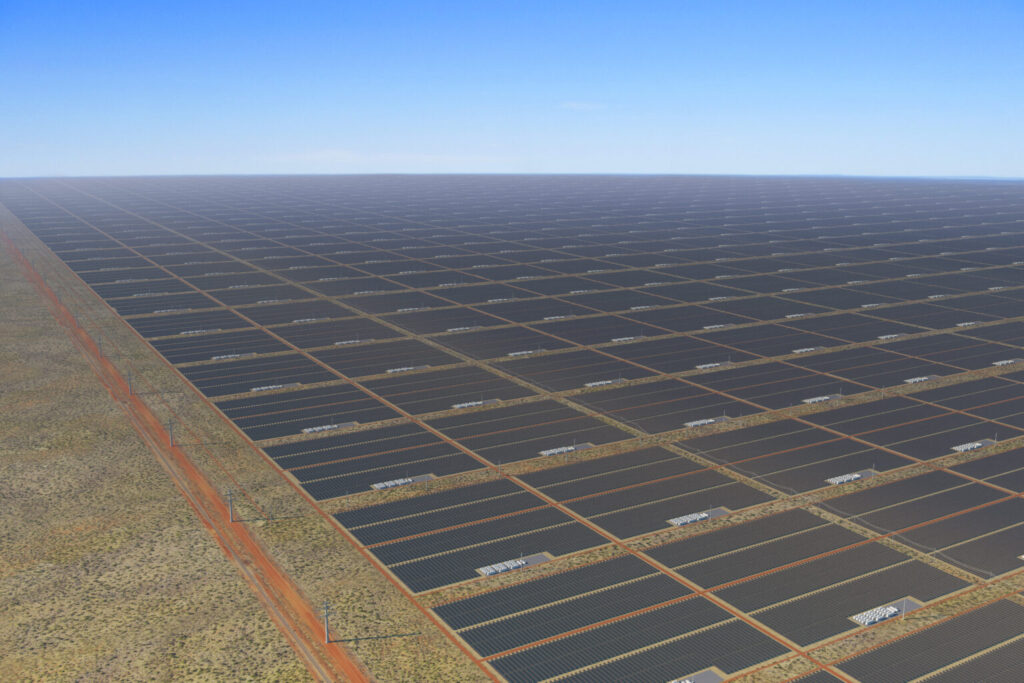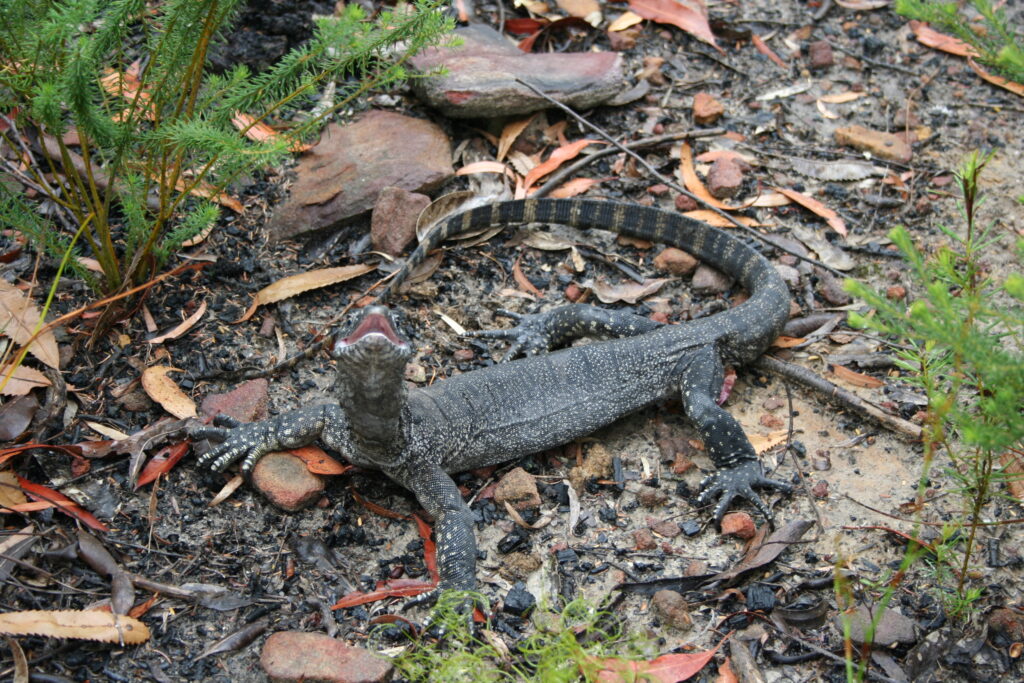It was billed as the biggest solar-battery project in the world but now the Sun Cable Australia-Asia Powerlink has been placed in voluntary administration, with a clash between two of its backers blamed for the collapse.

By Jacquelene Pearson
It sounded like something out of this world. An undersea cable connecting the Northern Territory with Singapore to carry energy produced at a massive NT solar farm and stored in giant batteries to be used as clean electricity in Singapore. The concept attracted two of Australia’s richest men and the support of both the Northern Territory and Australian Governments so why did it end up in voluntary administration and will it rise again?
Sun Cable Pty Ltd has entered voluntary administration to “unlock a path forward for the company to access additional capital for continued development of its marquee project, the Australia-Asia PowerLink (AAPowerLink) and progress the next stage of its development portfolio in a strong market.”
Christopher Hill, David McGrath and John Park of FTI Consulting were appointed voluntary administrators according to Sun Cable’s January 11 announcement.
The administrators were not appointed to any of the company’s subsidiaries. The administrators were reported to be working with Sun Cable’s management team and key stakeholders to determine appropriate next steps for the business.
“This will likely involve a process to seek expressions of interest for either a recapitalisation or sale of the business,” the company’s notice of entering voluntary administration said.
The following two sentences in that statement have been interpreted as the major reason for placing the company in voluntary administration: “The appointment followed the absence of alignment with the objectives of all shareholders. Whilst funding proposals were provided, consensus on the future direction and funding structure of the company could not be achieved.”
The ABC and countless other mainstream media outlets interpreted that as meaning that the two key shareholders – Mike Cannon-Brookes and Andrew ‘Twiggy’ Forrest had a sun-god spat over the direction the project was moving in.
Chair of Sun Cable, Mike Cannon-Brookes, said: “Sun Cable has achieved so much since it was founded in 2018. I’m confident it will play a huge role in delivering green energy for the world, right here from Australia. I fully back this ambition and the team and look forward to supporting the company’s next chapter.”
Billionaire Forrest has not been as positive about the marquee project, quipping at the World Economic Forum in Davos, as reported in the AFR, that “Singapore wants suppliers to give it the fuel for green energy, not the end-product electricity that was originally part of the plan for his giant Sun Cable project.”
“Sun Cable continues to represent an outstanding strategic opportunity to operationally deliver the largest renewable energy project in the world, with the AAPowerLink project to supply power to the Northern Territory and Singapore, commencing late this decade,” the company’s voluntary administration announcement went on to say.
“Sun Cable currently has a portfolio of a further 11 GW of proposed projects, which is equivalent to over three times that of the AAPowerLink.”
The Administrators have moved swiftly to seek new investors/owners for the company, holding their first shareholders meeting on January 20.
According to an article on the Renew Economy website, the voluntary administrators were expecting competing offers from Forrest and Cannon-Brookes.
The administrators “sought funds to allow the company to continue business while its future is decided,” the Renew Economy article said.
“Forrest’s team argued it makes no commercial sense, and want the project to focus on the domestic market, including green industry and the production of green hydrogen and green ammonia. The Cannon-Brookes team disagrees, and believe the project can meet both objectives,” the article said.
The AAPowerLink had been given major project status by both the Northern Territory and the Commonwealth Governments.
In 2021 it was placed on the National Infrastructure Priority List in Australia and deemed ‘Investment Ready’ by Infrastructure Australia and in September 2021 Indonesia announced a preliminary route approval for the subsea cable.
Last year the Solar Project (Australia-Asia PowerLink) (Special Provisions) Act 2022 enacted, providing strong regulatory guidance and facilitation for the project in the Northern Territory.
It would appear to be sensible to secure a strong domestic supply of alternative energy before exporting our alternative fuel.
Australia has a tradition of prioritizing export profits above domestic needs. It would appear that there is a need to break from that tradition if we are to be a “world leader” in energy sustainability.
Watch this space.


